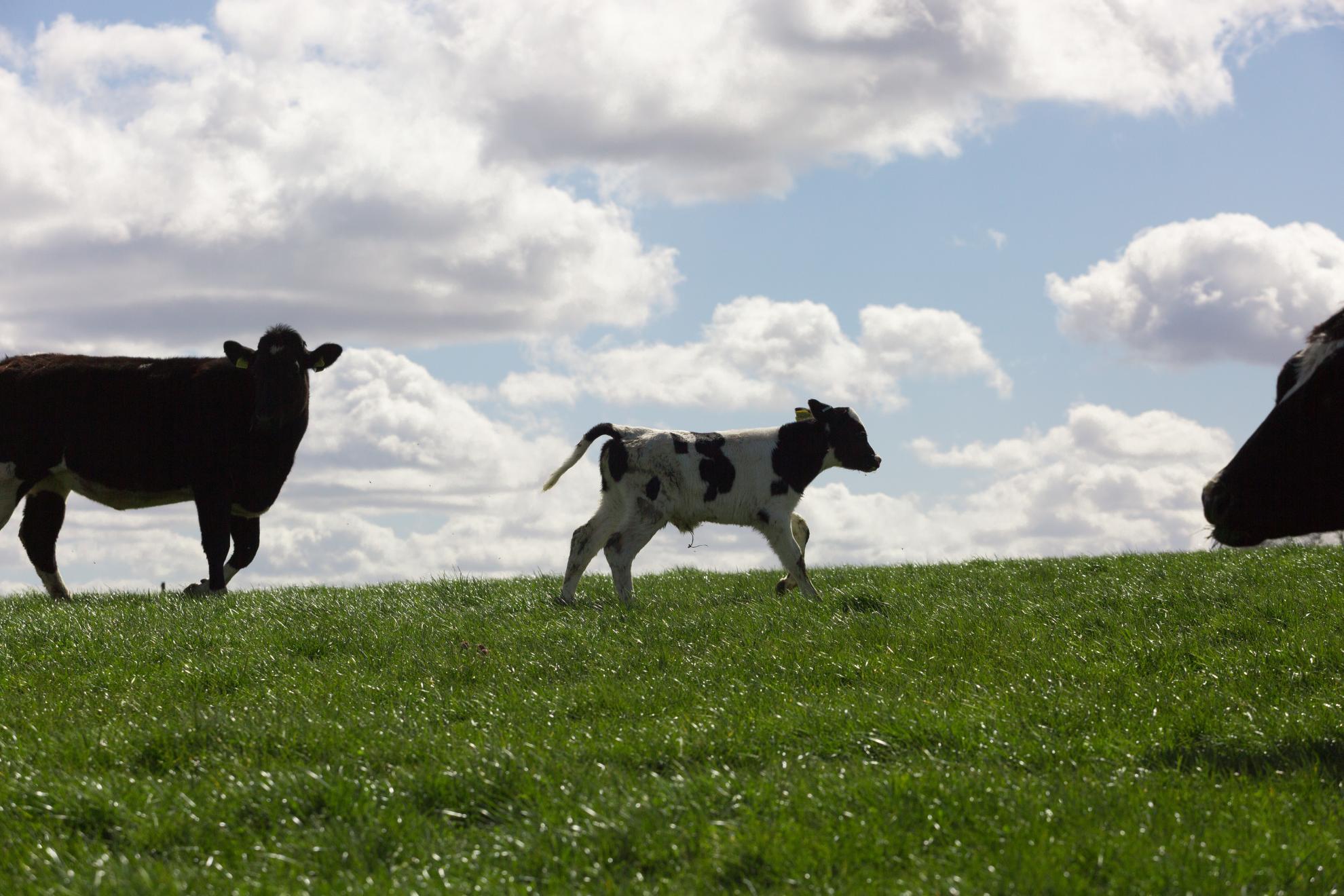Evolution and survival of marine carnivores did not require a diversity of killer Cell Ig-Like receptors or Ly49 NK cell receptors
Ly49 lectin-like receptors and killer cell Ig-like receptors (KIR) are structurally unrelated cell surface glycoproteins that evolved independently to function as diverse NK cell receptors for MHC class I molecules. Comparison of primates and various domesticated animals has shown that species have either a diverse Ly49 or KIR gene family, but not both. In four pinniped species of wild marine carnivore, three seals and one sea lion, we find that Ly49 and KIR are each represented by single, orthologous genes that exhibit little polymorphism and are transcribed to express cell surface protein. Pinnipeds are therefore species in which neither Ly49 nor KIR are polygenic, but retain the ancestral single-copy state. Whereas pinniped Ly49 has been subject to purifying selection, we find evidence for positive selection on KIR3DL during pinniped evolution. This selection, which focused on the D0 domain and the stem, points to the functionality of the KIR and most likely led to the sea lions loss of D0. In contrast to the dynamic and rapid evolution of the KIR and Ly49 genes in other species, the pinniped KIR and Ly49 have been remarkably stable during the >33 million years since the last common ancestor of seals and sea lions. These results demonstrate that long-term survival of placental mammal species need not require a diverse system of either Ly49 or KIR NK cell receptors.
Back to publications
